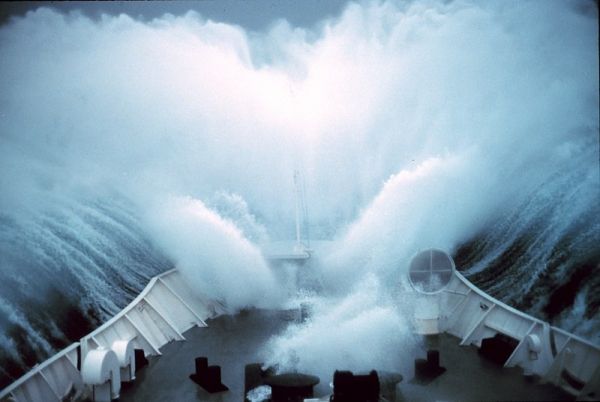Research led by the University of Southampton suggests that ‘rogue’ waves are occurring less often, but becoming more extreme.
Scientists have, for the first time, used long-term data from a wide expanse of ocean to investigate how these rare, unexpected and hazardous ocean phenomena behave. Their findings are published in the journal Scientific Reports.
Waves are classed as ‘rogue’ when they are over twice the height of the average sea state around them. From trough to peak, past observations have put some at over 30 metres high. The fiercest are capable of damaging or sinking ships, can wound or kill crew members and on occasions have swept people off the shoreline and out to sea.
A team of engineers and oceanographers from the University of Southampton, together with researchers from The National Oceanography Centre (NOC), examined over 20 years of information (sourced between 1994-2016) from 15 buoys which provide surface data along the US western seaboard – stretching from Seattle in the north, to San Diego in the south.
Read more at University of Southampton
Photo Credit: corp2303, NOAA Photo Library via Wikimedia Commons


